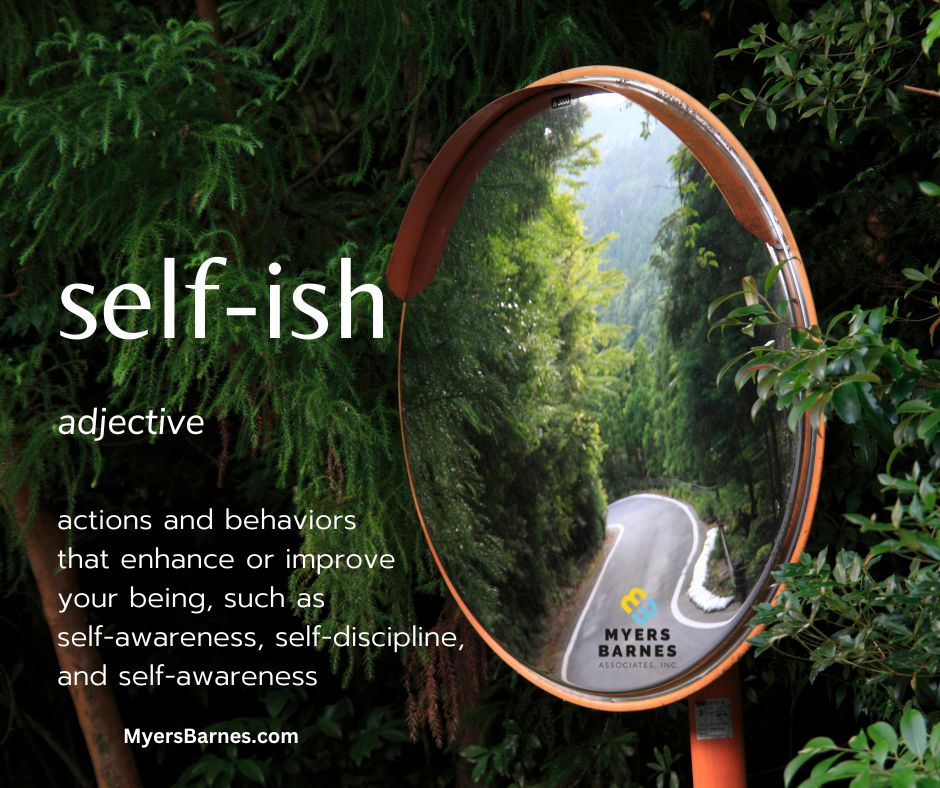In my last post, I explained some common American body language that can get you into trouble with homebuyers from other cultures—of which there is a massively increasing population. Let’s continue this discussion with some important tips for the “meet and greet” with your New American sales prospects.
- The business card
- A Chinese or Japanese person will be offended if you hand over your business card with one hand. Use both hands and hold the card facing up.
- Receive the other’s card with both hands and take a moment to read it, which indicates respect.
- Never write on the card, not even the pronunciation of his or her name. That would be like writing on the person’s face.
- Similarly, do not put the card in your wallet, purse, or anything that would sling below the waist, or staple it to anything.
- If a Filipino homebuyer gives you a business card with his home phone number written on it, take this as a sign that he wants you to call him.
- Handshakes
- In many other countries, a bow is more common than a handshake. Don’t automatically extend your hand, particularly to Asian Indian, Middle Eastern, and Japanese homebuyers. Do not touch them, even to shake hands, unless they prompt you to do so.
- New immigrant women—particularly Japanese, Saudi, and older Indian—do not want to be touched by strangers, male or female. Chinese people, in general—male and female—do not like to be touched by people they don’t know.
- Do not attempt to shake a Ukrainian woman’s hand until she offers it.
- When greeting Latin American homebuyers, it is customary to shake hands with everyone in the family.
- A Guatemalan sales prospect is likely to have a limp handshake. A German handshake can be a crusher!
- 2. It’s not OK!
- The American “OK” sign with the thumb and forefinger is considered rude by people from Brazil and Russia. Don’t use this sign with Japanese people unless you are trying to convey “money”.
- The thumbs-up sign is offensive to Australians and Israelis.
I’ve compiled an extensive list of cultural do’s and don’t’s in my ebook, “New Home Sales Training: Selling New Homes In a Multicultural America”, You’ll find answers to questions like, “Which culture would be offended if you crossed your legs and showed the soles of your feet?” and “What does a gift wrapped in blue mean to a person from Hong Kong?”
Don’t let a cultural misstep ruin your chances of matching a New American homebuyer with the perfect home. Read up on the intricacies of dealing with multicultural sales prospects.
Next: Cultural Myth-understandings, Part 1


